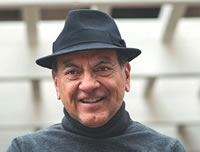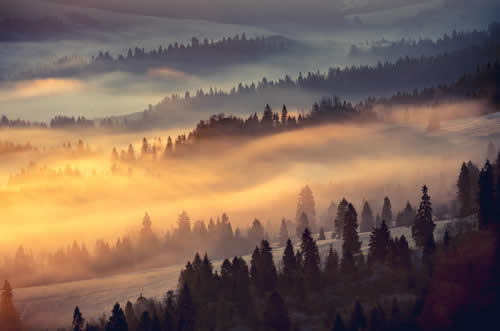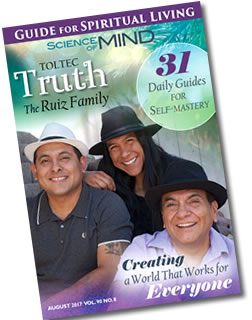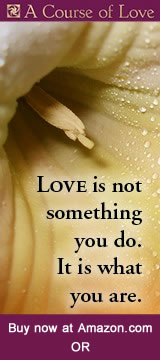 |
|
||
 |
 ...more |
 |
.jpg) ...more |
 |
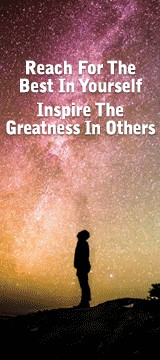 ...more |
 |
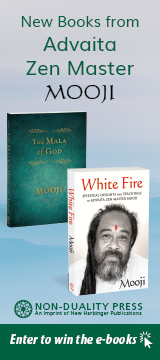 ...more |
 |
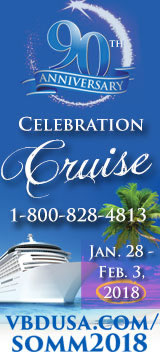 ...more |
 ...more |
Life Meeting LifeIn the Toltec tradition, a Nagual (shaman) guides an individual to personal freedom. In the ancient world, the Toltec viewed the universe as a complex energy system. They believed everything was composed of energy and, further, that all energy has consciousness. In the Toltec view, energy is neither good nor bad; it just is.
Ruiz was the youngest of 13 children in a family that kept the ancient traditions alive in rural Mexico. He learned the Toltec ways from an early age, even as he became a neurosurgeon. After a near fatal car accident, he experienced an awareness that Toltec wisdom contained all the tools needed to change our minds and our hearts. After a life-saving heart transplant in 2010, don Miguel began anew, flush with gratitude and generously sharing his message with the world. He and his sons, Miguel Jr. and Jose, are featured in the August issue of Guide for Spiritual Living: Science of Mind magazine.
Here you will find don Miguel discussing “life meeting life”: www.youtube.com/watch?v=Or6j9_KX3qk. Or you can learn more about his work and the Toltec traditions here: www.miguelruiz.com/videos2/. |
||||||||||
Following the Wisdom of Our AncestorsEach of us has our own lineage, our own stories handed down from generation to generation, our own wisdom shared by those who went before. These oral traditions help ground us in our beliefs about who we are, why we are here, what is ours to do. “The wisdom of our ancestors, to me, means their dependence on the unseen and unknown as the source of all that was to be seen and known,” says Rev. Dr. Jesse Jennings. “They exercised their imaginations, spun stories and turned each thing around them into some sort of symbol for grace, wholeness and thriving.” Beyond tracing our genealogy, how do we capture the stories and traditions that make us who we are? To help in that endeavor, the Smithsonian Institution created the “Folklife and Oral History Interviewing Guide.” As the introduction to the guide explains, “In every community — in families, neighborhoods, workplaces and schools — there are people who have knowledge and skills to share — ways of knowing and doing that often come from years of experience and have been preserved and passed down across generations.” As folklorist Barbara Kirshenblatt-Gimblett writes, these bearers of tradition are “living links in the historical chain, eyewitnesses to history, shapers of a vital and indigenous way of life. They are unparalleled in the vividness and authenticity they can bring to the study of local history and culture.” But where to begin? The downloadable booklet presents some guidelines Smithsonian folklorists have developed over the years for collecting folklife and oral history from family and community members. It features a general guide to conducting an interview, as well as a sample list of questions that may be adapted to your own needs and circumstances. “By visiting this place,” Jennings says, “our sanity is restored, whether we’re in great trauma or just trying to figure out what to do next. Here, we are reminded that we are enough because ‘the Mind that made a star is the same Mind we use,’ in Ernest Holmes’s words.” To begin capturing the wisdom of your ancestors, visit www.folklife.si.edu/the-smithsonian-folklife-and-oral-history-interviewing-guide/smithsonian. For more from Dr. Jennings, see the August 2017 issue of Guide for Spiritual Living: Science of Mind magazine. |
||||||||||
|
What Is a Mystic?— Dr. Ernest Holmes A mystic is not a mysterious person but is one who has a deep, inner sense of Life and of his unity with the Whole. … A mystic is one who intuitively perceives Truth and, without mental process, arrives at Spiritual Realization. It is from the teachings of the great mystics that the best in the philosophy of the world has come. Who was there who could have taught such men as these? By what process of mentality did they arrive at their profound conclusions? We are compelled to recognize that Spirit alone was their Teacher; they were indeed taught of God. Our great religions have been given by a few who climbed the heights of spiritual vision and caught a fleeting glimpse of Ultimate Reality. No living soul could have taught them what they know. … Man has compelled nature to do his bidding. He has harnessed electricity, caught the wind, trapped steam and made them do his will. He has invented machines to do the work of thousands. He has belted the globe with his traffic and built up a wonderful civilization; but in few cases has he conquered his own soul. The mystic has revealed things that do not pass as ships in the night. He has revealed Eternal Verities and has plainly taught us that there is a Living Presence indwelling ALL. This constitutes the greatest intellectual and spiritual heritage of the ages. The balance of our knowledge of God must come as a direct impartation from Him. We must learn it for ourselves. … The mystics did not contend or argue with people. There was nothing to argue about. They saw and knew. They are the great revealers to man of the nature of the Universe, and the relationship of man to God. Excerpted from “The Science of Mind,” Part Four: The Perfect Whole” by Dr. Ernest Holmes. |
||||||||||
|
||||||||||
|
||||||||||
| ||||||||||
 |
||
|
||
 |
||
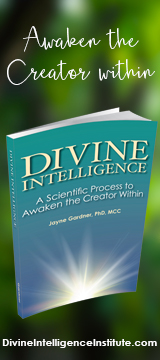 ...more |
||
 |
||
 ...more |
||
 |
||
 ...more |
||
 |
||
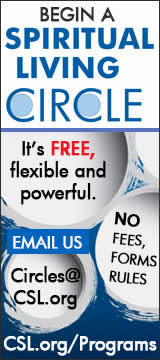 ...more |
||
 |
||
 |
||

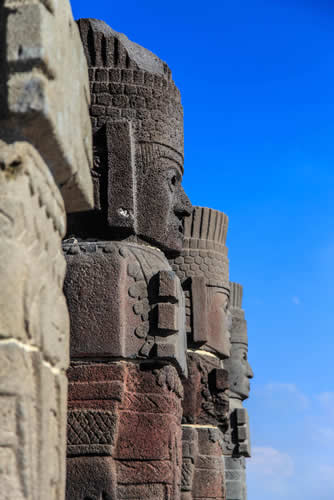 Keeping the Toltec traditions and wisdom alive today is don Miguel Ruiz, author of “The Four Agreements.” After exploring the human mind from both a Toltec and a scientific perspective, don Miguel combined ancient wisdom with modern insights, created a message based in truth and common sense.
Keeping the Toltec traditions and wisdom alive today is don Miguel Ruiz, author of “The Four Agreements.” After exploring the human mind from both a Toltec and a scientific perspective, don Miguel combined ancient wisdom with modern insights, created a message based in truth and common sense.